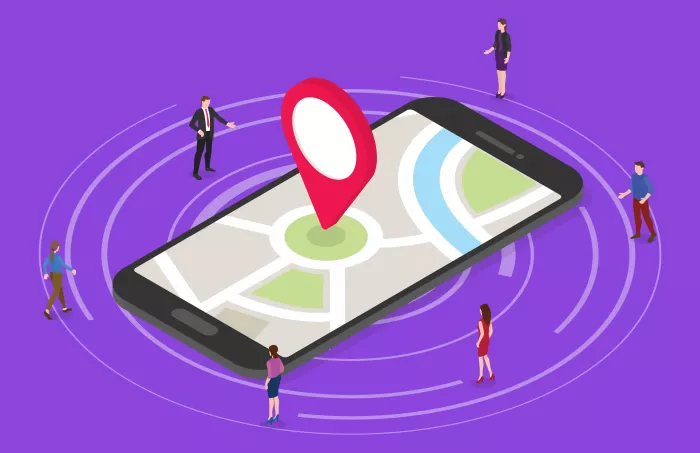
Having been around for the last couple of decades, there is no doubt that technology drives vital industries these days. Geofencing is a location-based service that has become a transformative tool in security, marketing, and logistics. It provides efficiency through innovative solutions, creating virtual boundaries for these sectors. This post explores the use of geofencing across these industries, expanding operations and fueling growth.
In recent years, security has adopted geofencing as a protection approach. Virtual perimeters to monitor movements within areas businesses and organizations want to monitor/track. In instances of unauthorized breach, alerts are triggered, calling for immediate action allowing possible threats to be countered promptly. Such a proactive approach reduces risks and increases safety in general. Geo fencing technology also mushrooms a lot of data and trends, which helps security personnel find vulnerabilities. Security teams can stimulate alerts at augmented importance levels for different zones of the technology stack. With geofencing also comes more flexibility, allowing organizations to customize security and facilitating optimal safety and resource management.

Geofencing has changed the game of marketing by providing businesses with an accurate target of consumers. Geo-fencing allows marketers to send identified messages, offers, or advertisements to potential customers within the geographic range. Focusing on relevant topics improves engagement and conversion rates since messages are reaching audiences at the right time. Moreover, geolocation allows marketers to understand consumer behavior and preferences by examining data. This data allows for the building of effective advertisements that cater to different demographics and meet the needs and interests of the people. Real-time interaction with customers creates a closer association between brands and audiences.
Efficiency and timeliness are the primary factors in logistics. So, geofencing offers solutions that reduce operational expenses by improving tracking and tracking processes. Companies can track goods in real time by creating virtual checkpoints around warehouses, distribution centers, or specific delivery routes. Because of this visibility, coordination improves, and disruptions are handled more quickly. In addition, it allows for lower delivery times through the reduction of possible routes to take and the minimization of deviation on their part. Automated notification make the logistics teams aware when delivery vehicles are entering or exiting the designated geofenced area. This real-time data enhances decisions, helping ensure that resources are used effectively and efficiently.
Geofencing not only helps in deriving operational benefits but also aids in promoting environmental sustainability and cost savings. Through the optimization of routes and minimization of idle times, geofencing helps reduce fuel consumption, thereby leading to fewer emissions and a lower carbon footprint. This green strategy resonates with the increasing customer preference for sustainable business practices. This, in turn, leads to cost savings due to higher operational efficiency. By tracking and clearing delays, companies will be able to decrease operational costs, which will result in higher profits. By using geofencing integrated into logistics and marketing, you will get an increase in performance and be able to work towards your sustainability goals at the same time.
As technology continues to evolve, the future of geofencing looks increasingly promising. The integration of artificial intelligence (AI) and machine learning (ML) into geofencing systems is set to enhance their precision, functionality, and user experience. These advancements will allow geofencing solutions to become more intuitive, adaptable, and efficient, enabling businesses to target audiences with unprecedented accuracy. Beyond these developments, the potential of geofencing expands even further when combined with emerging technologies like the Internet of Things (IoT).
This synergy will enable the creation of smarter, more interconnected systems that can offer real-time insights and automate decision-making processes across industries. For sectors such as retail, healthcare, logistics, and marketing, the growth of geofencing will unlock new opportunities for personalized customer experiences, operational efficiencies, and data-driven strategies. As these technologies converge, geofencing will evolve into a powerful tool that shapes the future of industries worldwide.
Geofencing has proved invaluable to a multidimensional industry, including security, marketing, and logistics. Virtual fencing and non-real-time data help achieve great heights in terms of safety, customer engagement, and operations. With this evolution of technology, there will be great opportunities for geofencing to revolutionize these industries further. Geofencing is the technology most used to enable the transition to more efficient, sustainable, and profitable organizations, which are assured of their quick and easy placement in this fast-changing digital landscape.
Be the first to post comment!